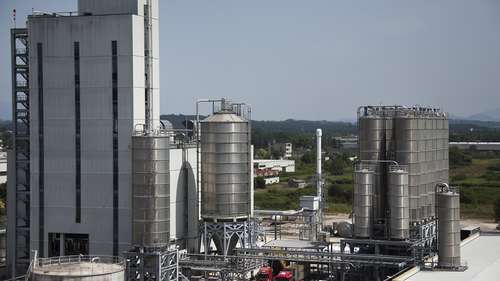Chinese Butanediol market consolidating on the lower side
- 18-Apr-2022 3:12 PM
- Journalist: Nina Jiang
The Chinese market for Butanediol has been declining for more than a month now. The demand for downstream solvents has remained relatively low. The supply side is moderately improved, and the producers' perspective is balanced, as the BDO market in China is becoming weak and stable. On the other hand, the offtakes aren't exceptionally strong, indicating poor demand patterns. Butanediol prices in the Chinese market fell on April 14th, closing at USD 4133/MT on a FOB basis, dropping 7% month over month.
Butanediol costs are now on the decline, leaving no room for bargaining. As a result, trade and shipping are continuing to trend lower. The favourable support from the supply side dwindled when facilities that were under maintenance restarted to increase volume. The transfer of high-cost pressures to the terminal was limited. The downstream entered the market to wait and watch, acquired cautiously, and weakened the negotiation environment. Plants that were shut down or had scheduled maintenance have now resumed operations due to the present market condition. Overall downstream demand remains sluggish, with contract trading dominating and, consequently, low interest in spot purchases. The local BDO market is projected to continue to consolidate.
Due to reduced offtakes in the spot market and insufficient queries for BDO in the Chinese domestic market, operating rates at downstream Spandex plants began to dip in mid-March. Last week, as plant turnarounds at several plants came to a close, supplies surged, and the supply-demand gap narrowed. As a result of the ripple effect, pricing talks began to show a downward trend in FOB prices. As operations at Ningbo port restarted after a two-week delay due to the spread of the covid variant at the port, supply constraints at various Chinese ports began to fade.
As per ChemAnalyst, "Prices of Butanediol in the domestic market are expected to increase and remain firm in the coming months as the global supply shortage of solvents is expected to take longer to subside due to extended logistics disruptions."



